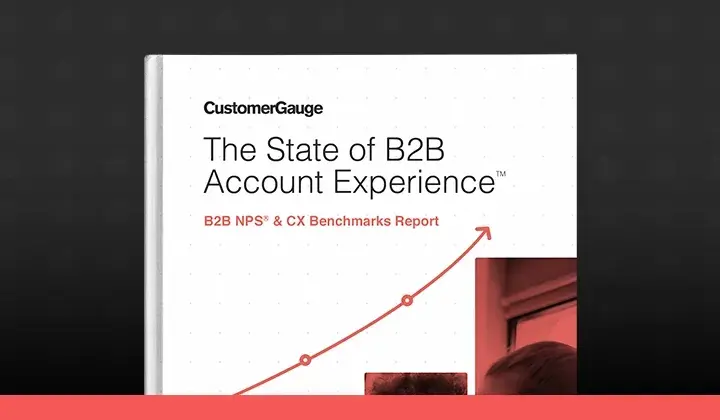Gone are the days of standardized “one-fits-all” survey questions. If you want accurate, plentiful feedback, you need to ensure your surveys are short, sweet, to the point and frequent. However, you also want ensure you are getting ample and helpful information for follow-up action or business decisions, something a standard single NPS® question may not provide enough of.
This is where cascading questions come into play. Cascading questions within surveys offer a more personalized experience for customers and more accurate root cause and driver analysis for companies. Not only does this type of analysis enable businesses to determine drivers or detraction, but also pathways to promoters to monetize opportunities with existing customers. So, why might it be time to look beyond our standard two-question NPS surveys or 5 page market research gambits? Let's take a look.
1. Cascading Questions Allow You to Keep Surveys Short—And Frequent
Using cascading questions in your surveys will not only allow you to keep them brief, but frequent (we suggest monthly or quarterly). This allows companies to:
- Consistently take the temperature of their customer experience
- Gain higher response rates within their customer base to inform business decisions
- Capture detracting customers before it’s too late and resolve issues through closed loop processes
According to our research, companies that conduct surveys with no more than 1-6 questions have higher rates of retention, up to 5.3% higher.
2. You Can More Easily Determine Root Cause and Perform Driver Analysis
Cascading logic/questions that use drivers and subdrivers provide more accurate information in terms of getting to the heart of root cause. In his eBook, Root Cause Analysis: The NPS Handbook® to Analyze the Drivers of Loyalty, author Jørgen Christensen discusses using simple driver analysis to identify the drivers of detractors, passives and promoters from Net Promoter® surveys.
Once a customer chooses a primary driver, companies can use multiple subdrivers to get more detailed information in their surveys without have to ask multiple questions to get there. As previously stated, not only does this allow for more accurate insights into drivers and root cause analysis, but it also enables you to conduct surveys more frequently.
Cascading questions also reduce the need for more complex text analytics, which require more time and input from the customer, and don't have the same clear cut logic of a driver-based cascading survey.
3. They Offer a More Customized Customer Experience
Cascading questions aren't just good for your company. By not bogging customers down with non-specific questions and endless scrolling, you save them time and offer a more customized survey experience. As mentioned, the evolution of CX is partially built on this idea of personalization. As one blogger from Relate puts it:
“Today’s fully integrated CRMs can take something inherently impersonal—massive amounts of data from several different sources—and assemble it in a way that creates a vivid, humanized picture of a real person. And they can do it for every single one of your customers.”
When customers are forced to go through non-specific questions of their experience, it can lead to increased bounce rates and less accurate answers. In addition, for those customers not prone to leaving additional comments, the ability to pinpoint their specific feedback via cascading questions can offer deeper insight that maybe your typical two question NPS ®survey couldn't.
In our recent eBook, The Definitive Guide to Monetized Net Promoter®, we looked at how companies are employing their own survey best practices to monetize their NPS and customer experience (CX) programs.
If you're looking to build a best-in-class B2B Net Promoter program, learn about our NPS software here. We've built the #1 ranked (by Gartner) software and methodology for B2B CX success.


